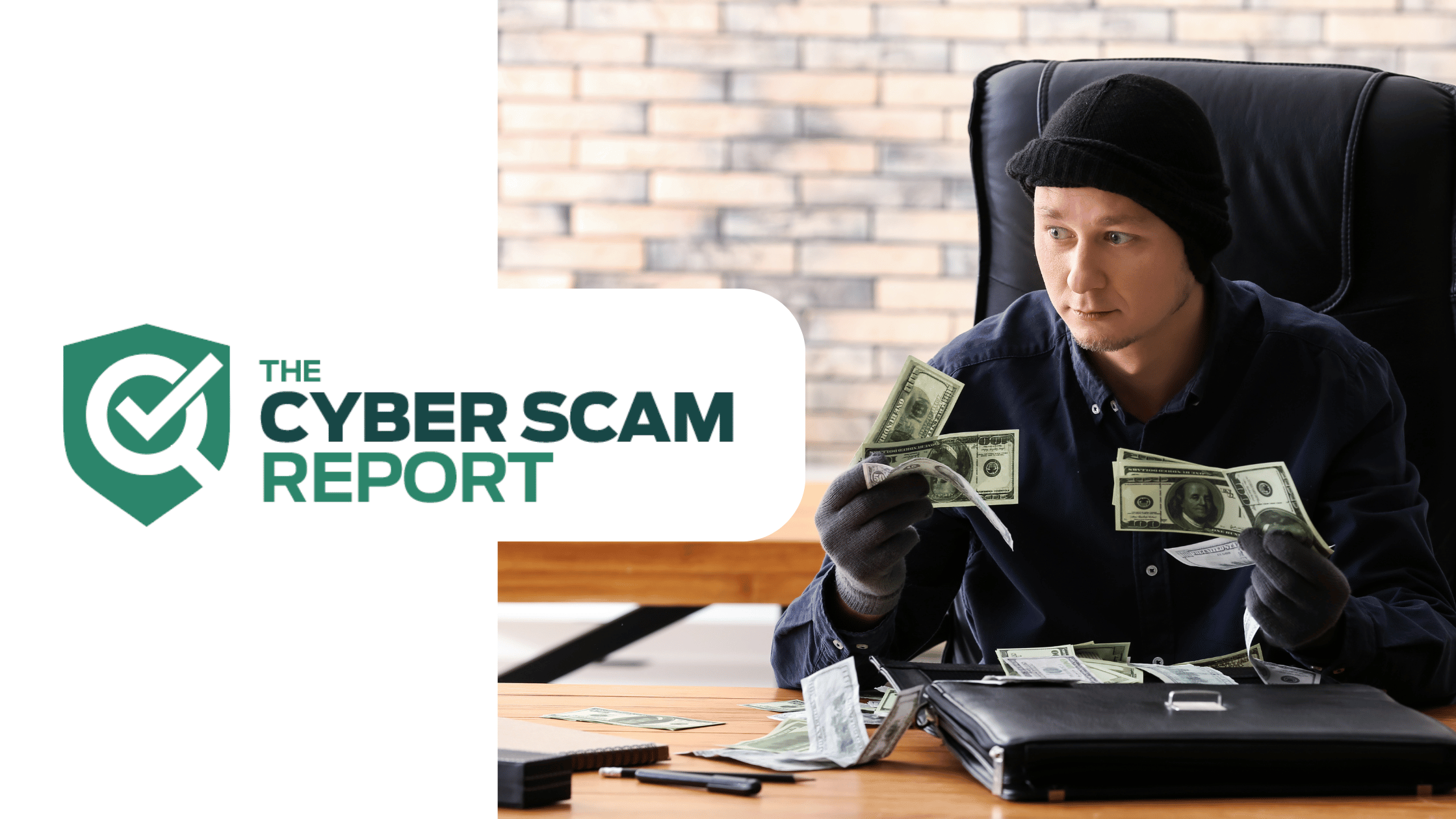The Risk of Malware Infection Increases as School Begins
As students and staff begin preparing for school to reconvene in August, administrators face increased cyber security risks. The likelihood of malware spreading as both students and staff members connect their own devices to school networks increases exponentially at the beginning of the school year. Why is this? These are the same devices used throughout the summer for personal use by the students and staff. This means they’ve been connected the various websites with unknown security parameters and social media platforms. In addition, users have clicked on and downloaded, who knows what. There is also no certainty these devices have a security solution installed to protect against the malicious cyber activity.
As a school administrator, it is imperative to attend to the increased cyber security risks by proactively preventing them from occurring. One may first suggest limiting network sharing with personal devices students and staff bring. This makes sense, but is it manageable?
Another suggestion would be to require students and staff, to run a security scan on their device prior to connecting to the school’s network. This will detect any malware on the device and properly remove it before connecting to the network. Therefore, eliminating the risk of that malware spreading to other devices on the network. Again, great idea — but how can this be managed?
But both of these suggestions fail to account for human error.
So, now what?
Even if a school password protects their network, it is entirely possible that password gets leaked. It is also impossible to ensure every connected device is free of malware or even has an antivirus program installed. Therefore, as a primary method of malware prevention, computer networks should be protected with application whitelisting technology. This will only allow for known, trusted programs to execute.
This means, even if malicious files were to attempt to spread onto the network, it cannot run because it’s not a known safe program.
Due to the personal use of these interconnected devices over the last few months, there will a spike in malware executing throughout school systems. Instead of waiting for this to occur, be proactive. Stay protected, and employ application whitelisting.




